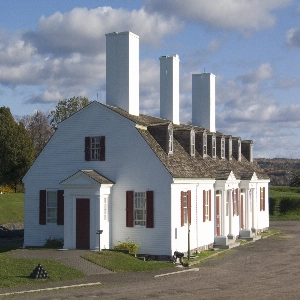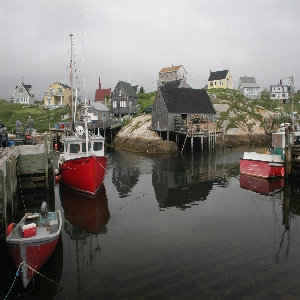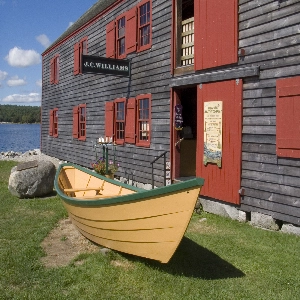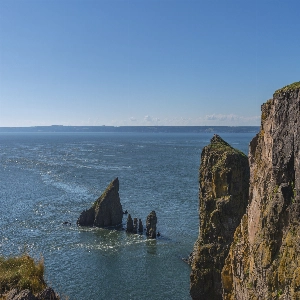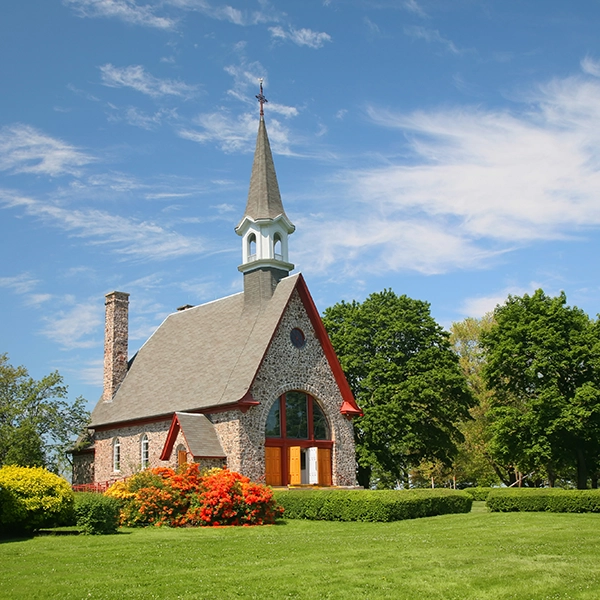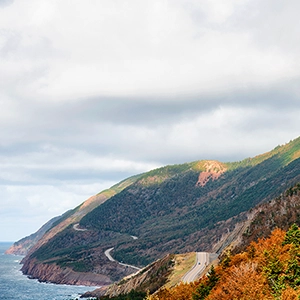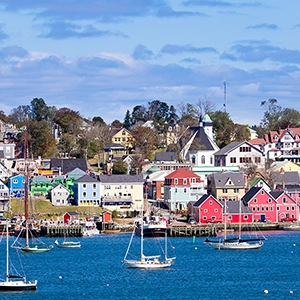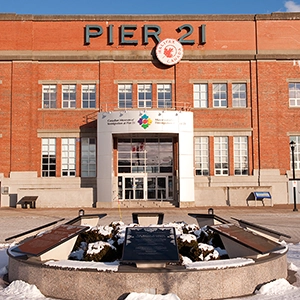Discover The Rich History Of Port Royal National Historic Site
An Introduction to Port Royal National Historic Site
Port Royal National Historic Site, located in the Annapolis Valley of Nova Scotia, Canada, is a living history museum that showcases the rich and vibrant culture of the French settlers in the region. Founded in 1605 by French explorer Samuel de Champlain, Port Royal was the capital of Acadia, a French colony in North America. Today, visitors can experience this historically significant site and embark on a journey through time to see what life was like for the early European settlers in the New World.
The reconstructed Habitation at Port Royal, which was built in 1939-41 following archaeological findings, serves as the centerpiece of this national historic site. It is an accurate representation of the original building and showcases the architectural style, living quarters, and other aspects of daily life during the 1600s. The site also includes vast landscapes and intriguing exhibits that further immerse visitors in the unique history of the region.
History of Port Royal and Acadia
Port Royal's story began with the arrival of French explorer Pierre Dugua, Sieur de Mons, and Samuel de Champlain in 1604. Hoping to establish a successful colony in the region, they built a Habitation at St. Croix, which would later become present-day Maine. However, this location proved to be unsustainable due to the harsh winters and lack of resources. Thus, they decided to move their settlement across the Bay of Fundy to Port Royal in 1605.
Under Champlain's leadership, the colonists constructed a Habitation as their primary living quarters, which also served as a fort, storage facility, and social gathering place. The Habitation consisted of several buildings including workshops, a blacksmith shop, a chapel, and the governor's residence. Despite its size, the entire community lived comfortably within these walls for many years.
Following the Habitation's construction, Port Royal began to flourish. The colony grew as a result of trade with the local Mi'kmaq people and other European powers. Unfortunately, Port Royal, and Acadia as a whole, became a contested territory between the French and English. This political struggle continued for many years, leading to the eventual decline and fall of Port Royal by the early 1700s.
Reconstruction of the Habitation at Port Royal
The memory of Port Royal's significance began to fade with time; however, its restoration efforts can be traced back to the beginning of the 20th century. In 1923, the Canadian government purchased a large portion of the land that encompasses the historic site and designated it as a National Historic Site.
The subsequent archaeological excavations, led by the Historical Sites and Monuments Board of Canada, brought forth valuable information and artefacts from the original settlement. This, in turn, led to the restoration project of the Habitation. Reconstruction work was carried out diligently between 1939 and 1941 to ensure the site accurately and authentically represented the original Habitation from the 1600s. In 1955, the Habitation was officially opened to the public, giving them a chance to experience the rich historical past of the region.
Visitor Experiences at Port Royal National Historic Site
Today, visitors to the Port Royal National Historic Site can step back in time to experience the daily lives of the French settlers who called this place home in the 17th century. Guided tours provide an in-depth understanding of the architectural features, historical significance, and socio-cultural aspects of the Habitation.
One of the highlights of a visit to Port Royal National Historic Site includes the Order of Good Cheer, a recreation of the social club founded by Champlain in 1606. The Order of Good Cheer was aimed at boosting morale during the harsh Canadian winters and improving the health of the colonists. It was a predecessor to the modern concept of a potluck dinner, as members contributed food, wine, and entertainment to the affairs. During the summer months, visitors can witness a reenactment of the Order of Good Cheer and take part in the festivities themselves.
Another popular activity is exploring the Habitation's gardens, which highlight the agricultural practices of the early European settlers. These gardens showcase the traditional crops and medicinal plants that played a crucial role in the survival and sustenance of the colony.
In addition, visitors can familiarize themselves with the traditional skills and craftsmanship of the 17th-century settlers through demonstrations by costumed interpreters. Blacksmithing, carpentry, and food preparation using original cooking methods are just some of the captivating displays that portray the resourcefulness and ingenuity of the early settlers.
Conclusion: Port Royal National Historic Site as a Testament to Canada's History
Port Royal National Historic Site presents a unique opportunity for visitors to experience the lifestyle, culture, and perseverance of the 17th-century European settlers. Through its meticulous reconstruction, guided tours, demonstrations, and interactive experiences, this site offers a captivating glimpse into Canada's rich history. A visit to Port Royal National Historic Site is not only an entertaining experience but also an essential part of understanding the broader narrative of Canada's past and the role of the French settlement in shaping the country's identity.

